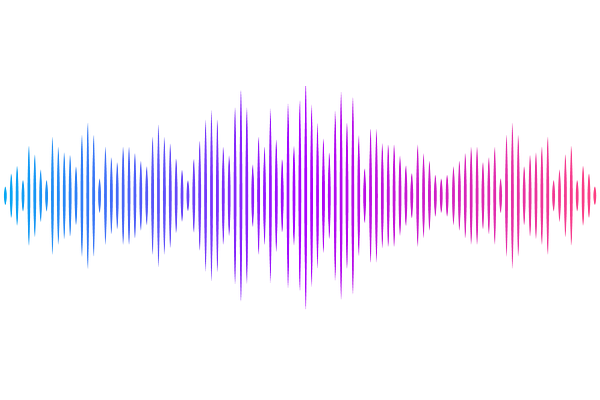Comparing Intra- and Inter-individual Correlational Brain Connectivity from Functional and Structural Neuroimaging Data

Comparing Intra- and Inter-individual Correlational Brain Connectivity from Functional and Structural Neuroimaging Data
Di, X.; Biswal, B. B.; Alzheimer's Disease Neuroimaging Initiative,
AbstractInferring brain connectivity from inter-individual correlations has been applied to various neuroimaging modalities, such as glucose metabolic activity measured by positron emission tomography (PET) and brain structures assessed using MRI. The variability that drives these inter-individual correlations is generally attributed to individual differences, potentially influenced by factors like genetics, life experiences, and biological sex. However, it remains unclear whether long-term within-individual effects, such as aging, and state-like effects also contribute to the correlated structures, and how intra-individual correlations are compared to inter-individual correlations. In this study, we analyzed longitudinal data spanning a wide age range, examining regional brain volumes using structural MRI, and regional brain functions using both regional homogeneity (ReHo) of resting-state functional MRI and glucose metabolic activity measured with Fludeoxyglucose (18F) FDG-PET. In a first dataset from a single individual scanned over 15 years, we found that intra-individual correlations in both ReHo and regional volumes resembled resting-state functional connectivity. In a second dataset, involving multiple longitudinal points and participants for FDG-PET and MRI, we replicated these findings, showing that both intra- and inter-individual correlations were strongly associated with resting-state functional connectivity. Correlations in functional measures (i.e., ReHo or FDG-PET) showed greater similarity with resting-state connectivity than structural measures. Moreover, matrices from the same modality showed higher similarity between the two datasets, indicating modality specific contributions. These results suggest that multiple factors may contribute to both inter- and intra-individual correlational measures of connectivity. Understanding or controlling for these factors could enhance the interpretability of the inter-individual connectivity measures.